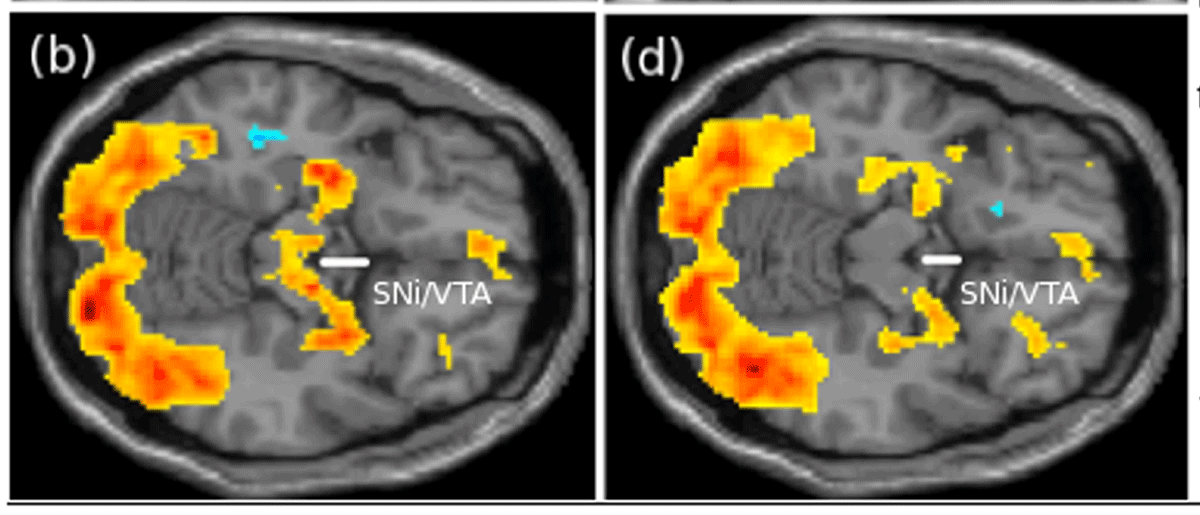Our Love For Dogs is Perfectly Normal
It’s no secret that we love our dogs. More than half of pet owners consider their furry friends part of the family. Need proof? Pet parents spend an average of $50 billion annually on pet care, according to the American Pet Products Association. Now, researchers at Massachusetts General Hospital are confirming our suspicions—dog love can be extremely similar to maternal love.
The study suggests that there is a neurobiological reasoning for why some women view their pets in the same light as their children. The study, published in the journal, PLOS ONE, shows that a woman’s brain has a similar physical response to seeing her dog as when she sees her child.
“It’s funny that women refer to their dogs as their children, it’s crazy but we all do,” says Lori Palley, assistant director of veterinary services in the Center of Comparative Medicine at Massachusetts General Hospital, and the study’s co-lead author. “But the feelings are real and we now have evidence that the brain is responsible for those emotions.”
To test the relationship between pets and humans, researchers used functional magnetic resonance imaging (fMRI) to scan 14 women’s brains while they looked at photographs of their own children, their own dogs, and unknown children and dogs. During the scan, researchers say “areas previously reported as important functions such as emotion, reward, affiliation, visual processing, and social interaction all showed increased activity when participants viewed either their own child or their own dog.”
“We wanted to research a relationship. This is the fundamental study behind the human-animal connection and the human-human connection,” Palley says.
The study showed that all of the five areas of the brain region examined showed spikes in activity when the women were shown pictures of their own child or dog. However, the researchers say that there are differences in how those regions are activated.
A region known to be important to bond formation – the substantia nigra/ventral tegmental area (SNi/VTA) – was activated only in response to images of a participants child. The fusiform gyrus, which is involved in facial recognition and other visual processing functions, actually showed greater response to own-dog images than own-child images.

Greater activation for own child (OC) vs. fixation cross (FX; b) and own dog (OD) vs. FX (d) contrasts in mothers who are dog owners (n = 14). Photo provided to bostonmagazine.com
The researchers also found that there was an overlap in areas of the brain that are linked with reward, memory, visual and facial processing, and social cognition. The researchers say that this overlap “suggests comparisons in both the human-human and human-dog relationship.”
“For me, finding the differences was most intriguing,” Palley says. “A lot of people wanted to believe that a mother’s response to their pet is exactly the same as their child, but that wouldn’t serve us from an evolutionary stand point.”
Because this was such a small study, Palley says that it’s hard to generalize these findings to the rest of the human population. “We have to look at men and more women to validate the study, right now it’s very preliminary.”



